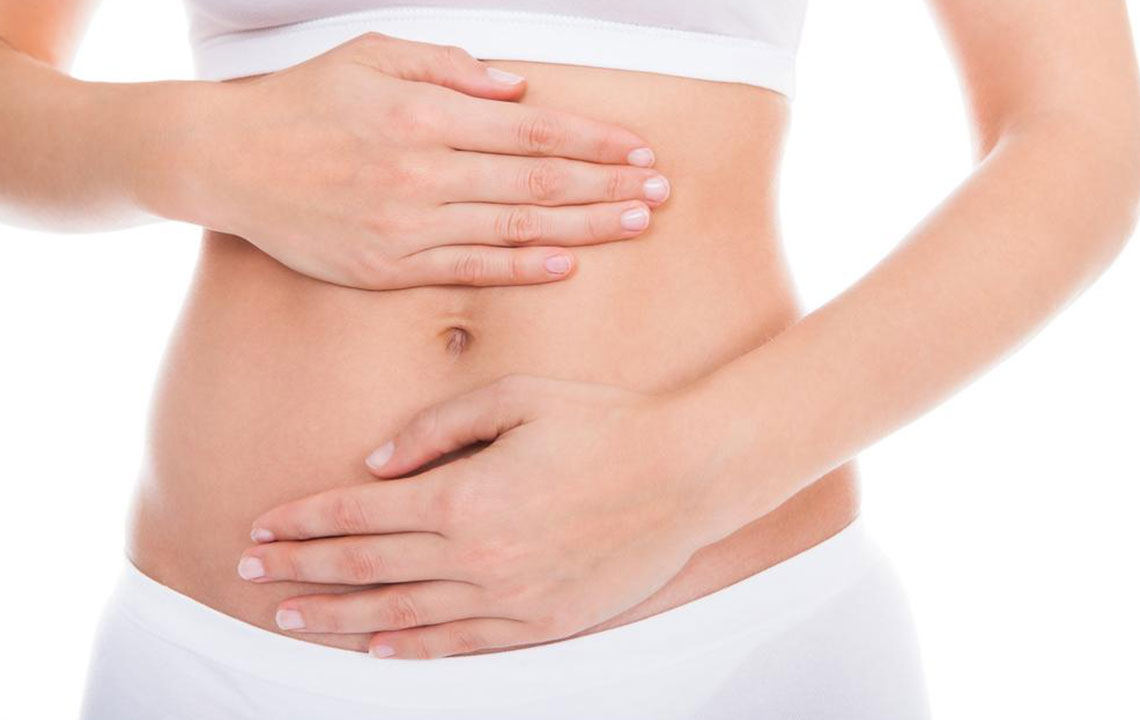Best Treatments for Urinary Tract Infection

The human body’s urinary tract is known as the urinary or the renal system. This is the system that is used to excrete toxins and waste from the human body.
The urinary tract is comprised of the kidneys, ureter, the bladder, and the urethra. An infection anywhere in the urinary system is known as a urinary tract infection, commonly referred to as a UTI. It can affect the ureter, the bladders, or even the kidneys.
A bladder infection is known as cystitis. When your upper urinary tract or kidneys become infected it is known as pyelonephritis. A very common reason for such UTI is the E. coli bacteria. Other possible causes for a UTI could be frequent sexual intercourse, or intercourse with multiple partners, diabetes, a lack of hygiene, menopause, and even kidney stones. You could even fall prey to a UTI if you urinate in unclean public restrooms.
An infection in the lower urinary tract could cause an urge to urinate frequently, even if the bladder is empty. In some cases, you may even experience pain when you urinate. A kidney infection, whether chronic or acute, is extremely dangerous and could leave lifelong effects and even become potentially life-threatening. So you need to take the necessary steps to make sure your kidney health is good and doesn’t become potentially life-threatening.
The Best Treatment for UTI
A urinary tract infection is a fairly common problem. Urinary tract infections are reported in women more often than men. A UTI is an infection that can be cured fairly easily, and has a large number of treatment options. There are a number of measures you can take to ensure you get the best treatment for UTI possible. These are just a few of them.
Drink More Water – Drinking more water than usual is one of the simplest and most important ways to treat, and cure a bladder infection. In fact, in most cases, it’s considered to be the best treatment for UTI and helps cure the problem naturally. Water is the best filtration method to clean and cleanse your kidneys and body.
If your urine is darker in color it means that there’s a much higher acid and toxin concentration in it. When you drink more water you pass lighter and more dilute urine, which is easier to pass and burns far less. Since this could also lead to bacteria multiplying, you should urinate as frequently as possible. This helps the bladder get rid of the bacteria, which can otherwise accumulate on the walls of the bladder and multiply.
Antibiotics – Most urinary tract infections will pass on their own with adequate hydration and regular urination. However, if the pain continues then you can opt for antibiotics, which are the best treatment for UTI that persists.
If the problem becomes severe or chronic, consulting a doctor is imperative. The doctor will conduct a urine culture and sensitivity test to identify the best antibiotics for you. Stick to the antibiotics for their prescribed course, and you’ll be UTI-free before you know it.
Antibiotics can help prevent the spread of the infection, which could otherwise start from the bladder and easily spread to, and affect the kidneys. This would be a very serious problem. There are also antibiotics that you can have to prevent a urinary tract infection.
Painkillers – Often over-the-counter painkillers such as ibuprofen and acetaminophen can provide immediate relief from abdominal cramps and pain. These are pertinent because antibiotics often take a day or two to start working. While these painkillers aren’t specifically made for a UTI, they are an excellent supplementary measure that you can combine with antibiotics, for the best treatment for UTI.
Heating Pads – A UTI can lead to a dull and persistent lower back ache. This can be a very uncomfortable, painful sensation. This is a problem that can be relieved with the use of a heating pad. However, heating pads are not a cure for a UTI they’re only meant to be a temporary pain-relief measure.
Home Remedies – If you’re suffering, consulting the doctor and taking the right medication is the best treatment for UTI. But you can also try a few home remedies which have been proven to reduce risks of a UTI.
Let us now take a look at some of the most effective home remedies for UTI which were considered the best treatment for UTI, for generations:
- Increase your Vitamin C intake. Vitamin C is essential to boost your immunity and lower your risk of infection and other illness.
- Cut down on your intake of fatty and spicy food. High-fat foods are likely to increase discomfort and pain.
- Improve your lifestyle. Cut down, or stop smoking, drinking, and make sure you get adequate sleep.


